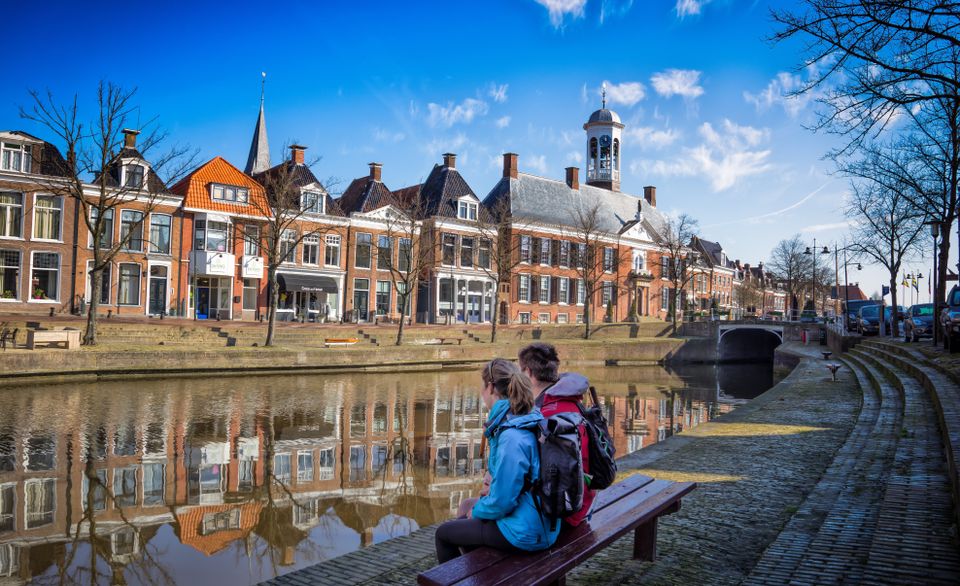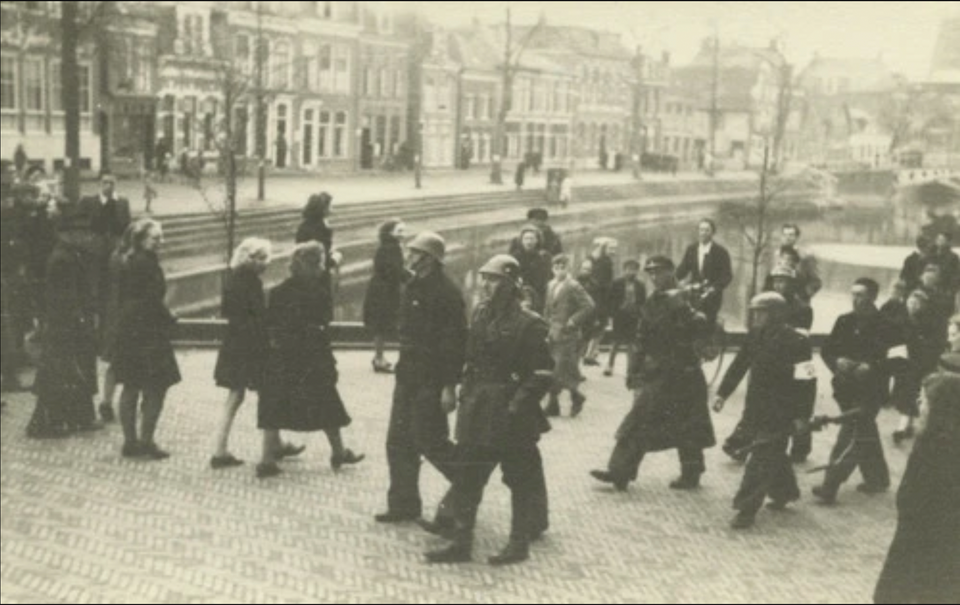Location
257 to 288 of 960 results
-
Kunstwerk Maarten van der Weijden
Kunstwerk Maarten van der Weijden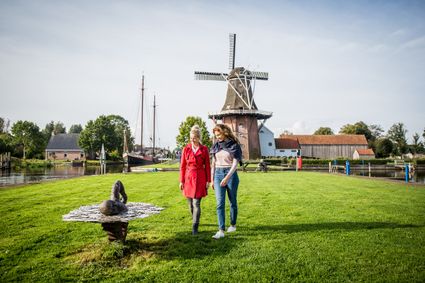 Burdaard
Burdaard -
Oudemirdum - De Betonpleats - Seedykkiekje uitkijkplatform
Oudemirdum - De Betonpleats - Seedykkiekje uitkijkplatform Oudemirdum
Oudemirdum -
Noarderleech Visitor Centre
Noarderleech Visitor Centre Hallum
Hallum -
Noard-Fryslân Bûtendyks - Uitkijkplateau
Noard-Fryslân Bûtendyks - Uitkijkplateau Hallum
Hallum -
Sint Willibrorduskerk
Sint Willibrorduskerk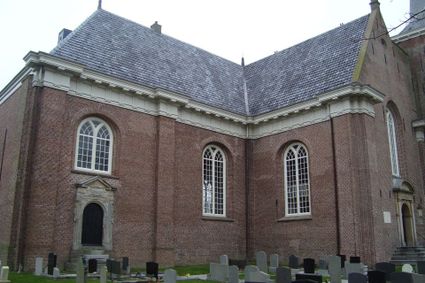 Holwerd
Holwerd -
De Kruidhof
De Kruidhof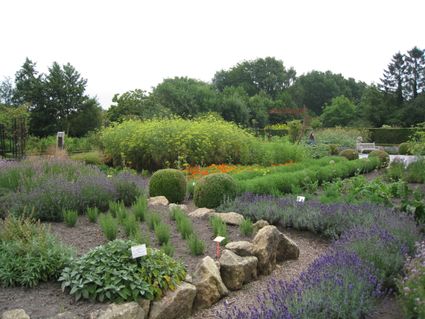 Buitenpost
Buitenpost -
Sondelerleien - De Sondeler Leijen - Vogelkijkhut
Sondelerleien - De Sondeler Leijen - Vogelkijkhut Sondel
Sondel -
Kerk Lioessens
Kerk Lioessens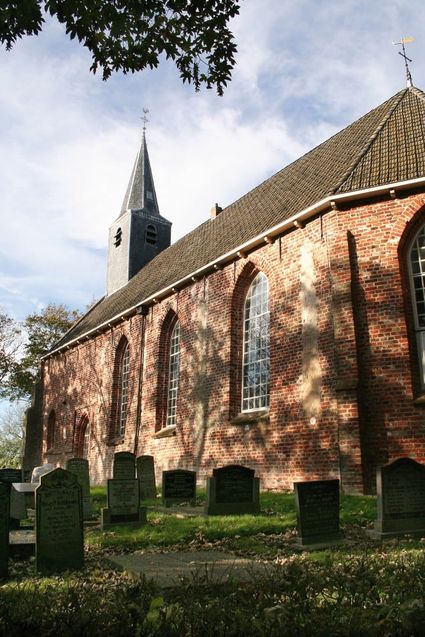 Lioessens
Lioessens -
Hunsingosluis
Hunsingosluis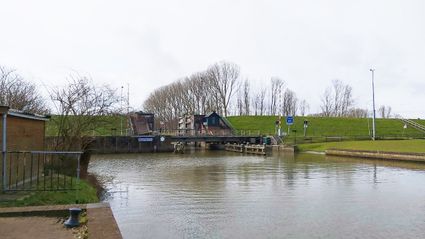 Zoutkamp
Zoutkamp -
Hempenserpoldermolen
Hempenserpoldermolen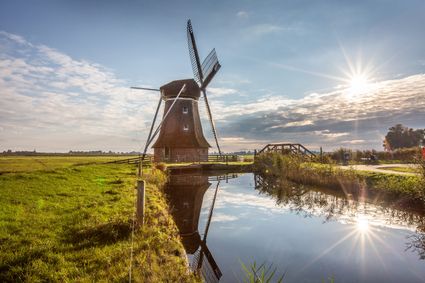 Wergea
Wergea -
Gewoan op 'e Dyk BBQ & Grill
Gewoan op 'e Dyk BBQ & Grill Dokkum
Dokkum -
Dijktempel (dike temple) at Marrum
Dijktempel (dike temple) at Marrum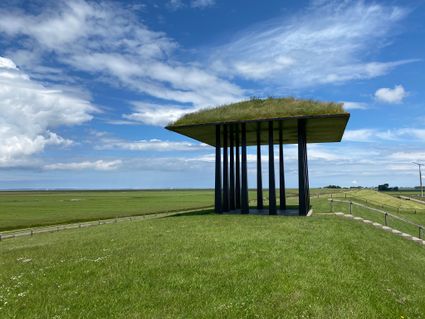 Marrum
Marrum -
Bed en Brochje De Merelhof
Bed en Brochje De Merelhof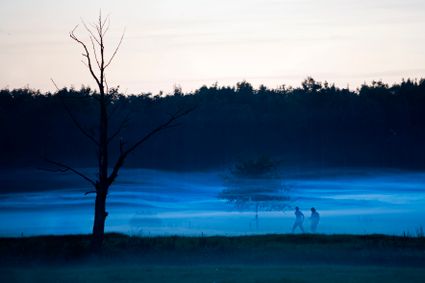 Harkema
Harkema -
Minicamping De Zilveren Maan
Minicamping De Zilveren Maan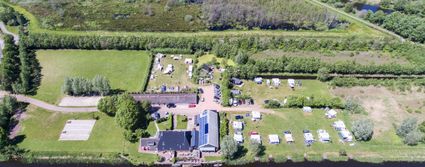 De Westereen
De Westereen -
Bed and Breakfast Unia Zathe
Bed and Breakfast Unia Zathe Ee
Ee -
The liberation of Friesland
The liberation of Friesland
By 18 April, the whole province of Friesland had been liberated, except for the Wadden Islands. Compared to other provinces, there was little fighting in Friesland. Overall, the few thousand German troops who had been unable to escape from Friesland were defeated by the Canadians relatively quickly.
The commander of the Royal Canadian Dragoons, Lieutenant Colonel Landell, praised the actions of the resistance by stating that "Friesland liberated herself". While that may be a bit of an exaggeration, the actions of the Frisian resistance undoubtedly accelerated the liberation. And reduced the number of casualties on the Allied side.
At least 31 resistance fighters lost their lives in confrontations with German troops and their Dutch accomplices. At least eleven Canadians and one Frenchman were killed on the Allied side. Dozens of civilian victims were also killed in the fighting and shelling. The number of casualties on the German side is not known, but it is believed that the number ran into hundreds. With 320 destroyed and 4000 damaged homes and 80 destroyed bridges, Friesland was materially the least damaged province of the Netherlands.
Many German soldiers fled towards the western part of the country. The retreating German troops gathered mostly in Harlingen, Makkum and Lemmer. From there, they tried to get away by boat across the IJsselmeer or via the Afsluitdijk to North Holland. The Wadden Islands also became a refuge for collaborators and German soldiers. Here, liberation was longer in coming.
On the island of Terschelling, the last German troops were disarmed by a British artillery regiment on 29 May. Two days later, the British crossed from Terschelling to Vlieland, and the liberation of that island was also a fact. Ameland was liberated on 3 June.
Personnel from the infamous Scholtenhuis, the SD headquarters in Groningen, had entrenched themselves on Schiermonnikoog. After their departure on 31 May, there was a celebration on the island, in spite of the six hundred members of the occupying troops who still were there. Only on 11 June did the last German soldiers leave Schiermonnikoog, and then the whole province of Friesland was free.
Most Canadian units that had liberated Friesland continued the battle in Groningen and North Germany after 18 April. Their war ended on 8 May 1945, when the surrender of all German armed forces became effective.
 Eanjum
Eanjum -
Holiday home Blomsteech
Holiday home Blomsteech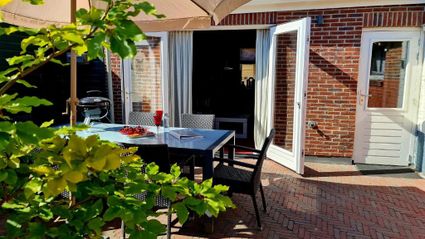 Holwert
Holwert -
Angélique Drenth Lifestyle Centre
Angélique Drenth Lifestyle Centre Earnewâld
Earnewâld -
It Wikelslân Nature Reserve at De Alde Feanen National Park
It Wikelslân Nature Reserve at De Alde Feanen National Park Earnewald
Earnewald -
Fogelsangh State Country House and Estate
Fogelsangh State Country House and Estate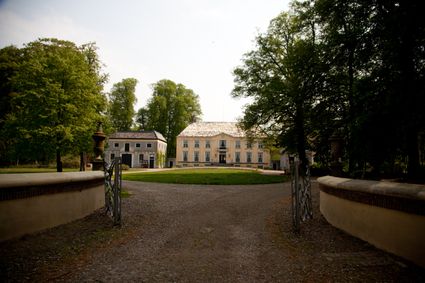 Veenklooster
Veenklooster -
it Dreamlân groupaccommodation
it Dreamlân groupaccommodation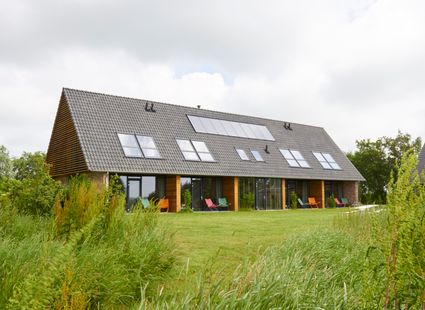 Kollumerpomp
KollumerpompDirect boekbaar
-
Bergum (Burgum)
Bergum (Burgum)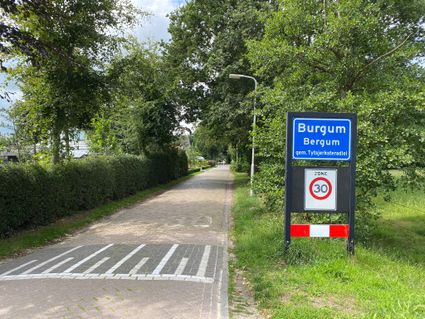 Burgum
Burgum -
Beaches at Lauwersoog
Beaches at Lauwersoog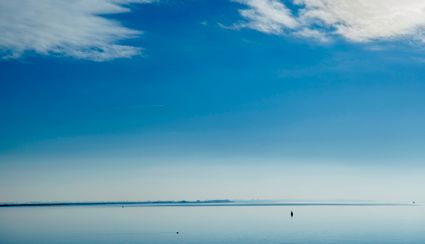 Lauwersoog
Lauwersoog -
Nicolaaskerk Koarnjum
Nicolaaskerk Koarnjum Koarnjum
Koarnjum -
Skiedingsboskje Forest and Pingos next to the A7
Skiedingsboskje Forest and Pingos next to the A7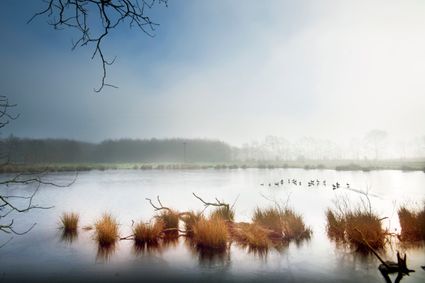 Drachten
Drachten -
Gedicht: Dooide iispret | Hein Jaap Hilarides


Accept cookies to see this content.
Gedicht: Dooide iispret | Hein Jaap Hilarides
 Britsum
Britsum -
The liberation of Friesland 1
The liberation of Friesland 1
In early April, it became clear that the liberation of Friesland was imminent. Although the province had not suffered a real Hunger Winter like other parts of the Netherlands, there were severe shortages of just about everything. And the terror of the occupying forces was growing. This also led to increased resistance against the occupying forces. The battle between the two was tougher than ever in early 1945.
In Friesland, assault groups known as Knokploegen (KP) were responsible for most acts of resistance. But there were other groups too. On the orders of the Dutch government in London, all these groups were merged into the Dutch Domestic Armed Forces (NBS). In Friesland, this happened on 12 December 1944.
The NBS, popularly referred to as the BS, gave the armed resistance an organisation with a clear structure. The NBS was also supposed to play a role in the upcoming liberation. To this end, resistance groups were provided with weapons from autumn 1944. These were dropped from the air.
On 8 April, Radio Orange broadcast the message "The bottle is empty." This was the signal for the NBS to start carrying out sabotage operations 36 hours later. The aim was to make it as difficult as possible for the Germans to defend themselves against the approaching Allied forces.
The resistance did this by putting bridges and railways out of order, blocking waterways and blocking roads. The response of the occupying forces was ruthless. In retaliation, dozens more prisoners were shot at different times and places.Once the Canadians entered Friesland on 12 April, they were supported extremely effectively by the Frisian resistance. Because it was superbly organised, they were able to help the Canadians take control of important bridges, repair damaged bridges, and advise on the most favourable route.
By 18 April, the whole province was liberated except for the Wadden Islands (these were liberated in late May and in June). Compared to other provinces, there was little fighting in Friesland. Overall, the few thousand German troops who had been unable to flee Friesland were defeated by the Canadians relatively quickly.
The commander of the Royal Canadian Dragoons, Lieutenant Colonel Landell, praised the actions of the resistance by stating "Friesland liberated herself." While that may be a bit of an exaggeration, the actions of the Frisian resistance undoubtedly accelerated the liberation. And reduced the number of casualties on the Allied side.
In confrontations with German troops and their Dutch accomplices, at least 31 resistance fighters lost their lives. On the Allied side, at least eleven Canadians and one Frenchman were killed. The fighting and shelling also resulted in dozens of civilian casualties. The number of casualties on the German side is not known, but probably ran into the hundreds. With 320 houses destroyed and 4,000 damaged and 80 bridges destroyed, Friesland was materially the least damaged province in the Netherlands.
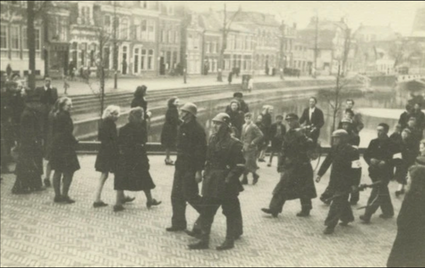 Willemsoord
Willemsoord -
Burgumer Mar - Hoogzand - Atsmapolder - Uitkijkheuvel
Burgumer Mar - Hoogzand - Atsmapolder - Uitkijkheuvel Eastermar
Eastermar -
Zwagermieden Nature Reserve
Zwagermieden Nature Reserve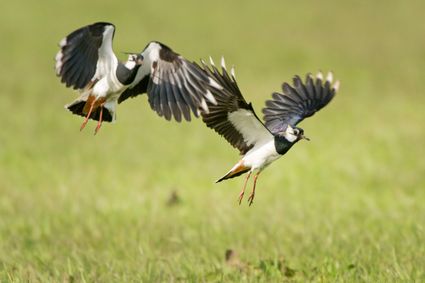 De Westereen
De Westereen -
Logementen Jannum
Logementen Jannum Jannum
Jannum -
Gerbrich's SUP verhuur
Gerbrich's SUP verhuur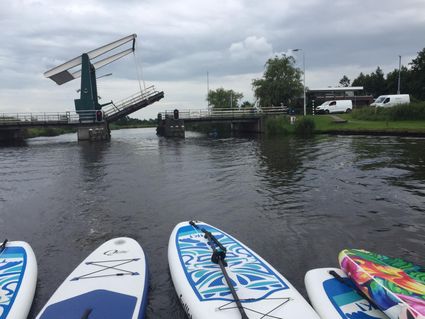 Eastermar
Eastermar -
Grou
Grou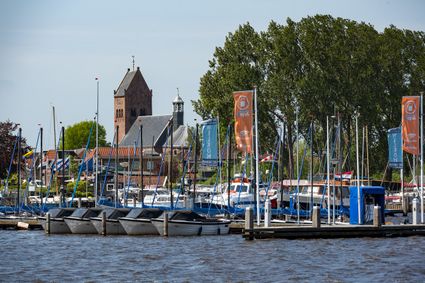 Grou
Grou
